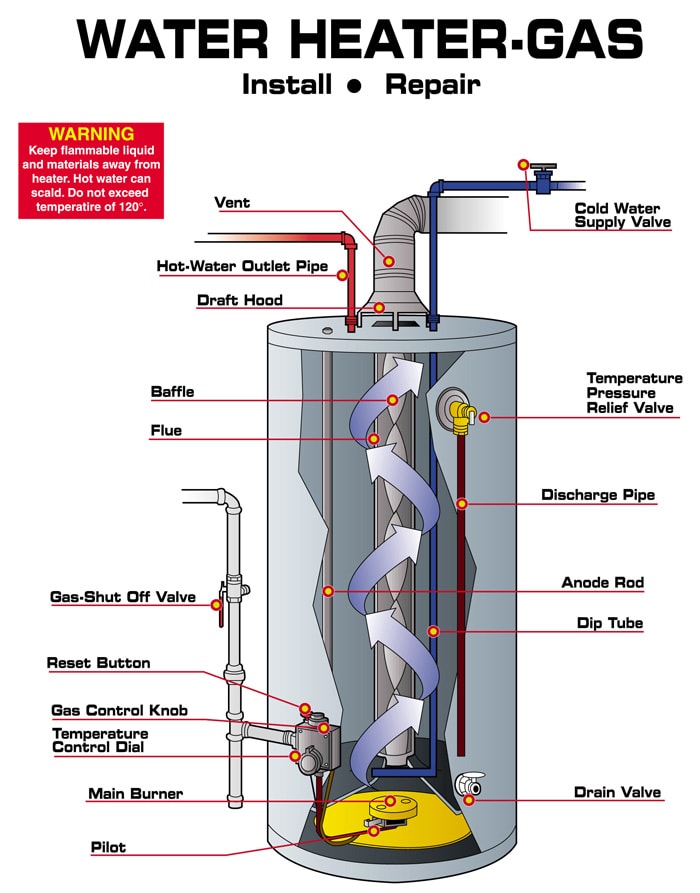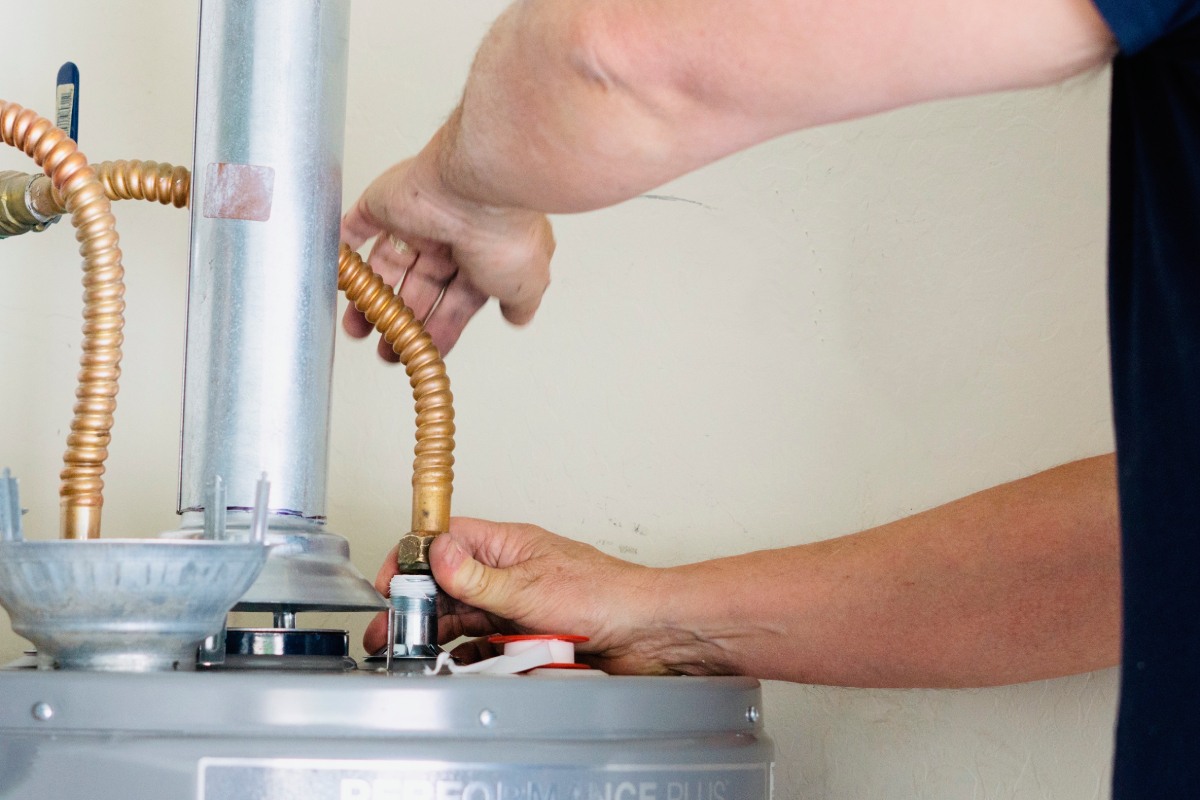The Ultimate Guide to Safe and Effective Hot Water Heater Installation
The setup of a water heating unit is a vital task that needs thorough focus to information and adherence to security requirements. Whether upgrading an existing unit or setting up a brand-new one, recognizing the foundational steps is crucial for making certain both functionality and security. From selecting the suitable design to browsing local building ordinance, the process can be intricate (water heater). As we check out the essential parts of a successful setup, it is necessary to think about the possible challenges that might occur otherwise come close to with care. What are the vital factors to bear in mind to prevent typical mistakes?
Picking the Right Hot Water Heater
When selecting a water heating unit, home owners need to think about several vital variables to ensure optimal performance and performance. The first consideration is the kind of water heating system, which usually consists of tankless, storage tank, warmth pump, and solar versions. Each kind has its own benefits and negative aspects, influencing energy intake, recovery rates, and installment needs.
Next, it is vital to evaluate the size or capacity of the hot water heater. This depends upon the family's warm water need, which can differ based on the number of passengers and their usage patterns. A device that is too small will lead to inadequate warm water supply, while a large device might waste energy.
Energy effectiveness is another vital factor. Home owners should look for devices with high power variable (EF) scores, as these suggest much better effectiveness and reduced operating expense over time. In addition, the fuel source-- electrical energy, natural gas, or gas-- will affect both installment prices and recurring costs.
Preparing for Installation
Correct prep work is essential for an effective water heating system setup, and there are a number of essential actions property owners ought to follow. Assess the installation place to ensure it abides with regional structure codes and safety and security policies. This includes checking for appropriate ventilation, clearance room, and access for upkeep.
Next, shut off the water and power or gas to the existing water heater to stop any type of accidents throughout the installation procedure. Drain pipes the old unit entirely to prevent any type of spills, and disconnect it from the plumbing and source of power.
In addition, collect appropriate documents such as service warranties, installation handbooks, and neighborhood plumbing codes to make sure conformity. This is likewise the moment to establish if any upgrades are required for plumbing or electrical systems to suit the new device.
Lastly, take into consideration notifying your neighbors if the installation might cause interruptions, and make sure that children and pets are maintained clear of the workspace. By taking these primary actions, property owners can help with a smoother installation process, minimizing potential hold-ups and difficulties.
Tools and Products Needed
An efficient toolkit is important for a successful hot water heater setup. Having the right tools and materials handy not only improves the process yet likewise ensures security and conformity with neighborhood codes.
First, gather fundamental hand devices, including a pipe wrench, flexible wrench, screwdrivers (both flat and Phillips), pliers, and an utility knife. These site here will help in eliminating old installations and protecting new connections. A drill with suitable bits might be needed for safeguarding the water and mounting heater.
Next, ensure you have pipes materials such as Teflon tape, pipe fittings, and adaptable tubes for linking water lines. For gas hot water heater, a gas line connector and a pipeline joint substance are essential. Think about likewise having a level to ensure proper placement.
Safety tools ought to not be ignored; gloves and safety goggles secure against potential hazards. Validate the availability of needed products like a new water heater, expansion container (if needed), and any type of added insulation or venting parts.
Step-by-Step Installation Refine

Following, prepare the brand-new water heating unit by positioning it in the marked area, ensuring it is level and stable. Link the cool water supply line to the inlet and the hot water line to the outlet, making use of suitable installations. For gas heaters, make certain the gas line is effectively attached and that all installations are secure.
As soon as the plumbing links are developed, link the power useful content supply. For electric heating systems, this includes circuitry the unit to the electric panel, adhering to regional codes. For gas devices, make sure to mount a venting system that meets safety and security standards.

Security Tips and Ideal Practices
Guaranteeing safety and security during water heating unit installment is vital to prevent crashes and ensure a smooth operation. Additionally, it is crucial to wear ideal individual safety devices (PPE), such as handwear covers and safety goggles, to protect versus prospective hazards.
Prior to installment, examine the area for any indicators of water damage, mold and mildew, or structural concerns that might posture threats during or after the setup process. Guarantee that the installation adheres to regional building regulations and manufacturer guidelines to stay clear of future responsibilities. water heater. It is suggested to have a fire extinguisher close by, specifically when dealing with gas units
During the setup, preserve proper ventilation to prevent gas build-up. By adhering to these safety and security tips and ideal methods, you can guarantee a successful water heating unit setup.
Final Thought
In conclusion, effective installation of a water heating system requires careful planning and adherence to safety and security protocols. For those doing not have experience, getting the services of a certified expert is a good idea to guarantee ideal safety and security and performance of the water home heating system.
Guarantee the water supply is transformed off and the existing water heating system is disconnected. Link the cool water supply line to the inlet and the hot water line to the outlet, making use of proper installations.Guaranteeing security throughout water heating unit setup is paramount to avoid crashes and ensure a smooth procedure.Prior to installment, examine the location for any kind of signs weblink of water damage, mold, or architectural concerns that might pose risks during or after the setup procedure. By sticking to these safety and security suggestions and finest techniques, you can make certain a successful water heater setup.